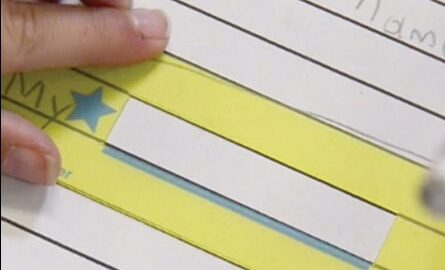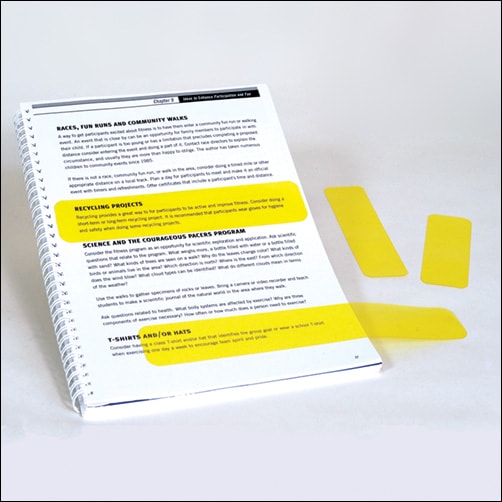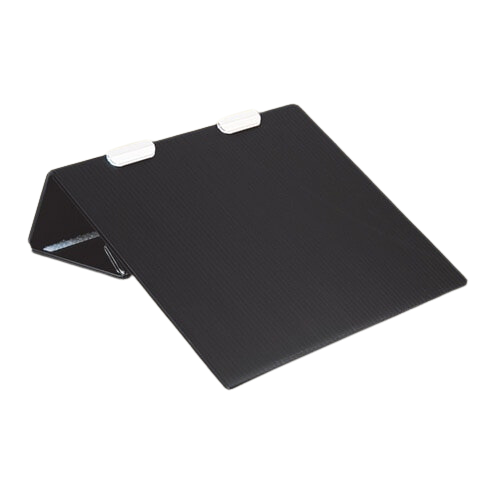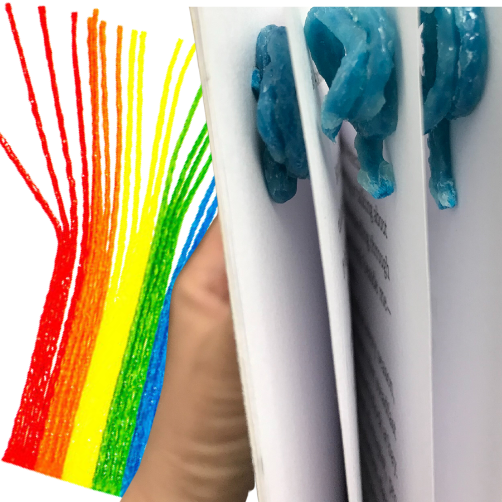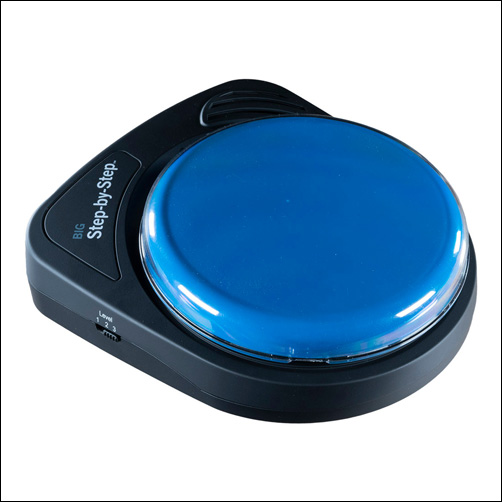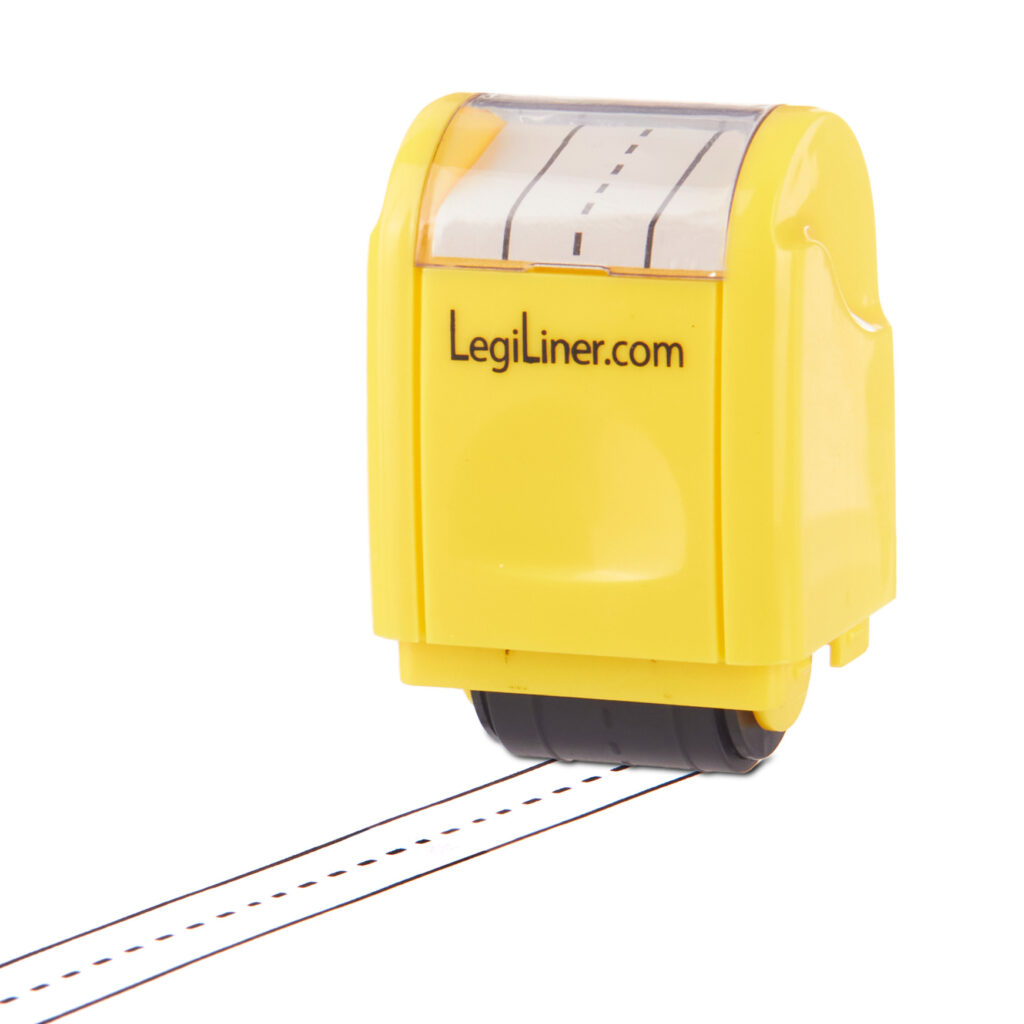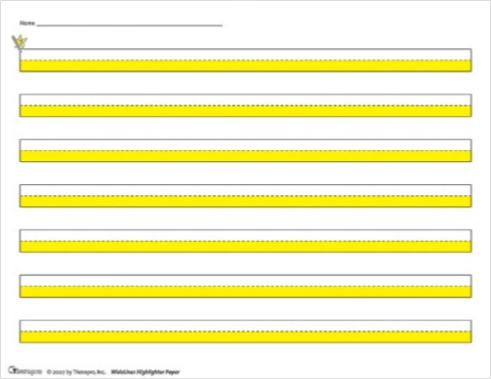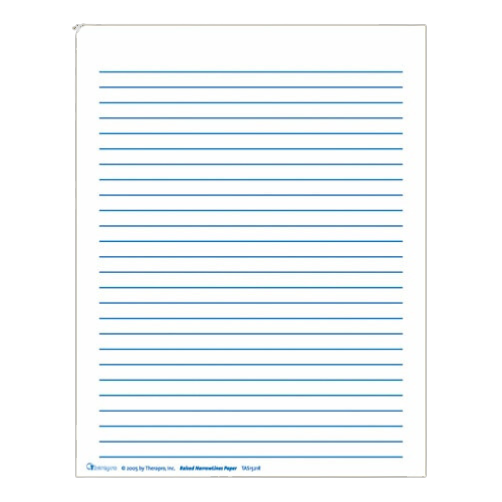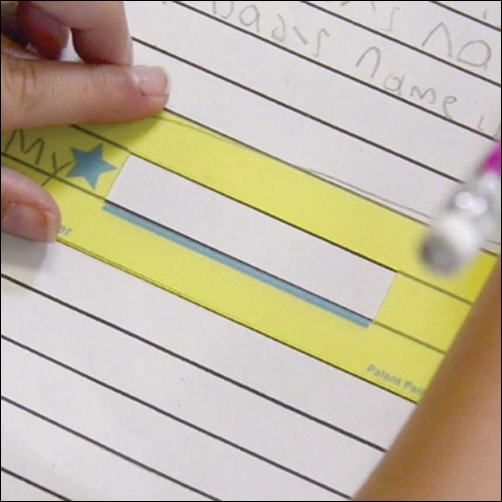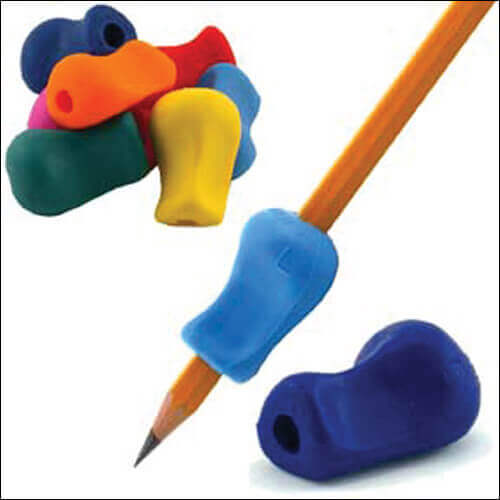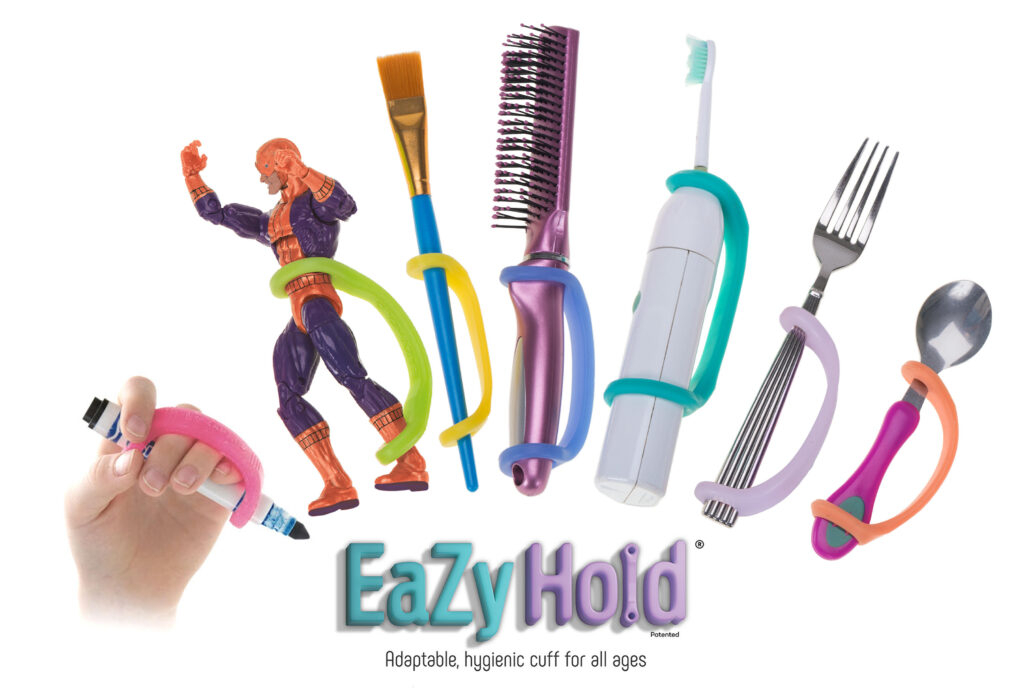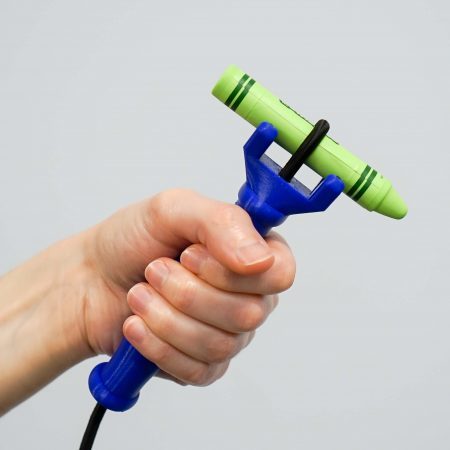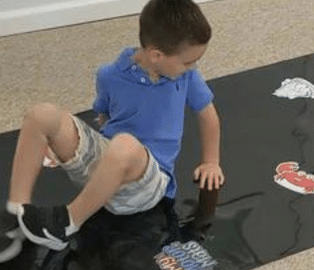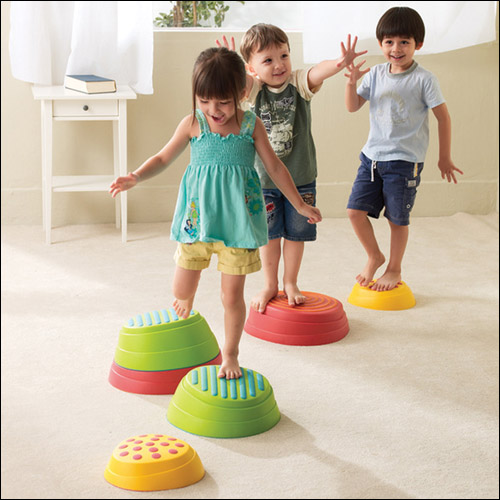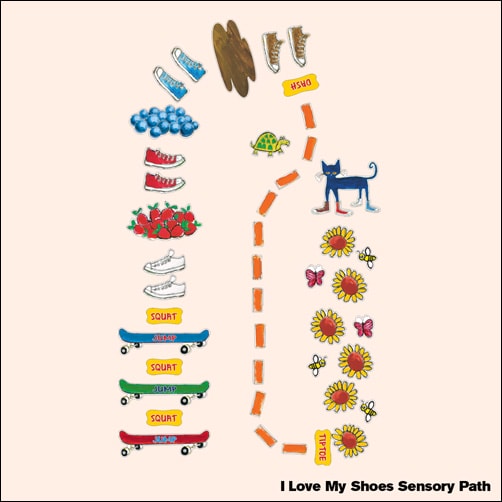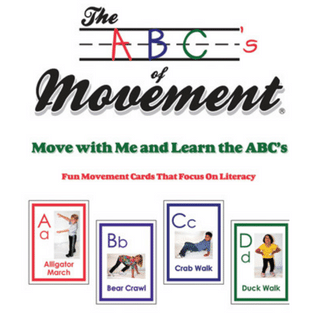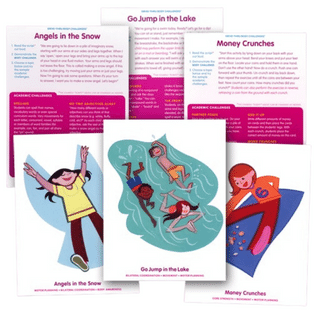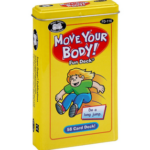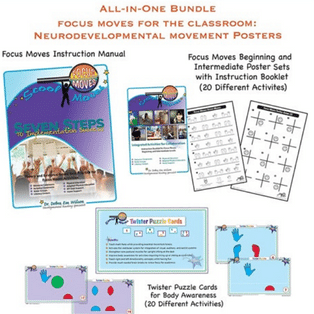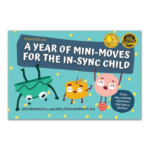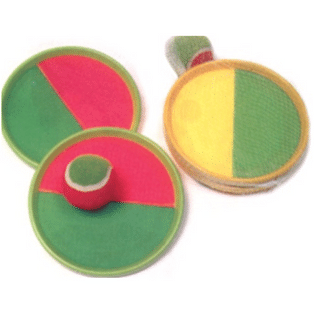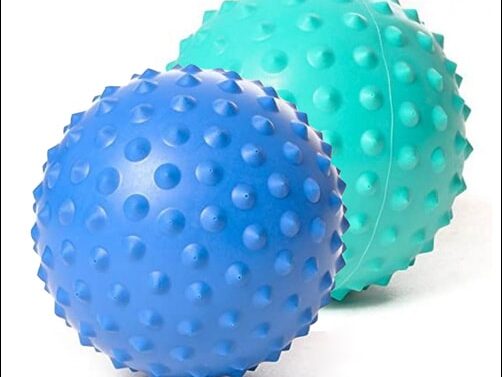In this Everyday Sensory Solutions post, we are covering an essential topic, sensory breaks. Sensory breaks are an essential component of therapeutic strategies for children, particularly those with sensory processing difficulties. Creating a designated space where children can take breaks when feeling overwhelmed can greatly support their regulation and emotional well-being. This area should be quiet with reduced distractions, providing a calming environment that allows children to self-regulate. Equally important is the inclusion of sensory tools that cater to their specific preferences, helping them find comfort and manage overload effectively.
In a break space for children, various tools may include items such as weighted blankets, compression wear or stuffed animals for deep pressure and proprioceptive input, sensory tools like soothing hand fidgets, visual aids like lava lamps or calming images, and noise-canceling headphones to reduce auditory input. By personalizing the break area and offering a range of tools, children can engage in activities that support their needs and help them regain a sense of calm. This dedicated space acts as a sanctuary where children can take a break, recharge, and regain their focus, ultimately facilitating their overall well-being and promoting a more positive experience.
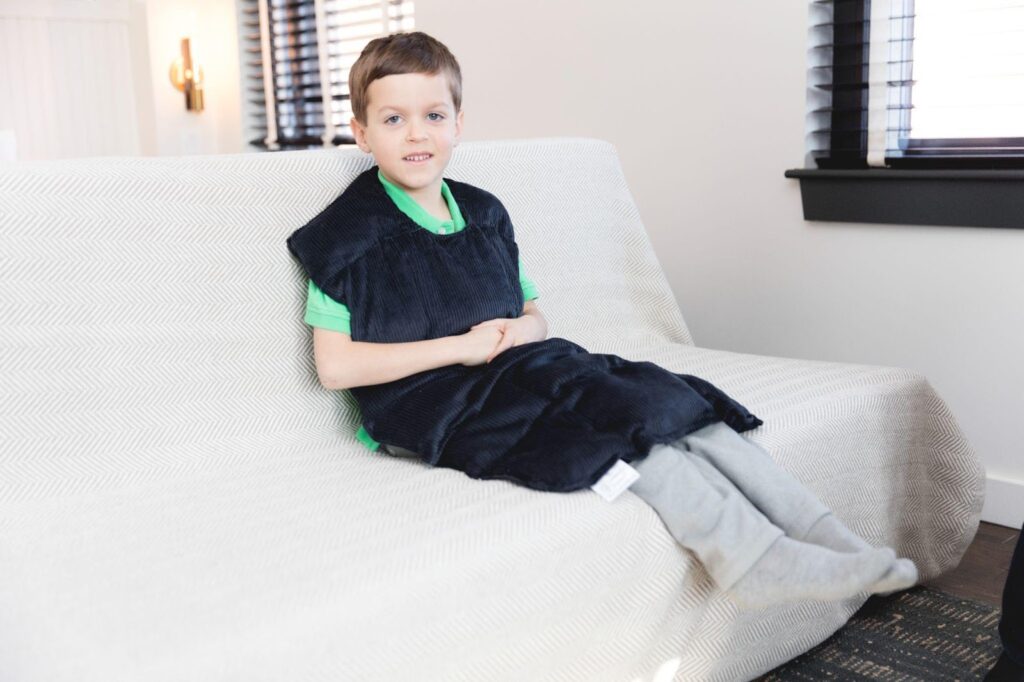
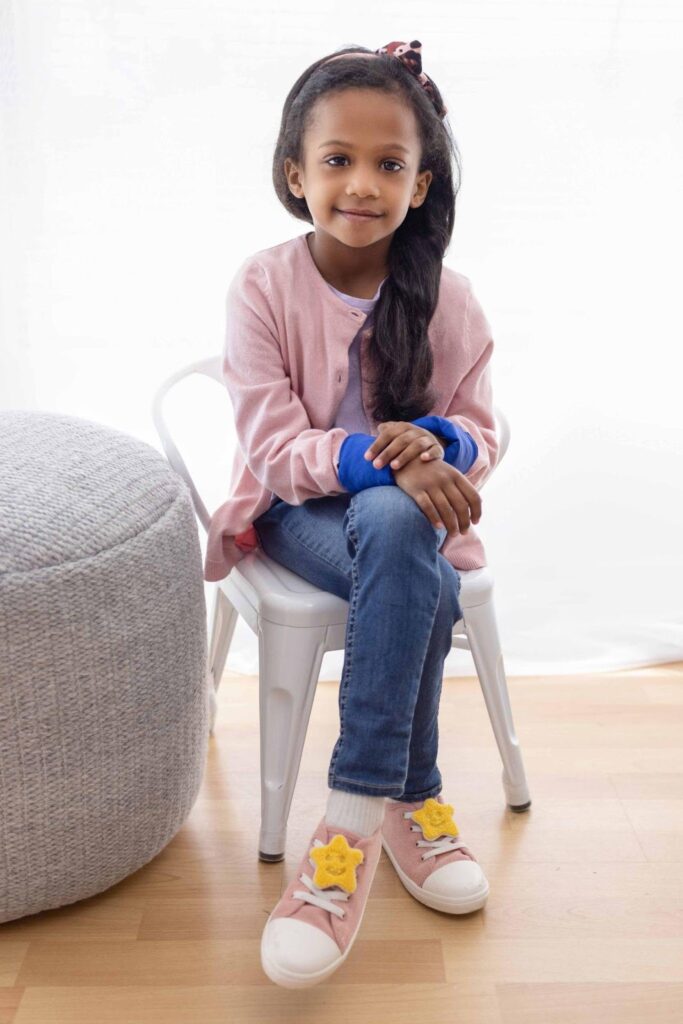
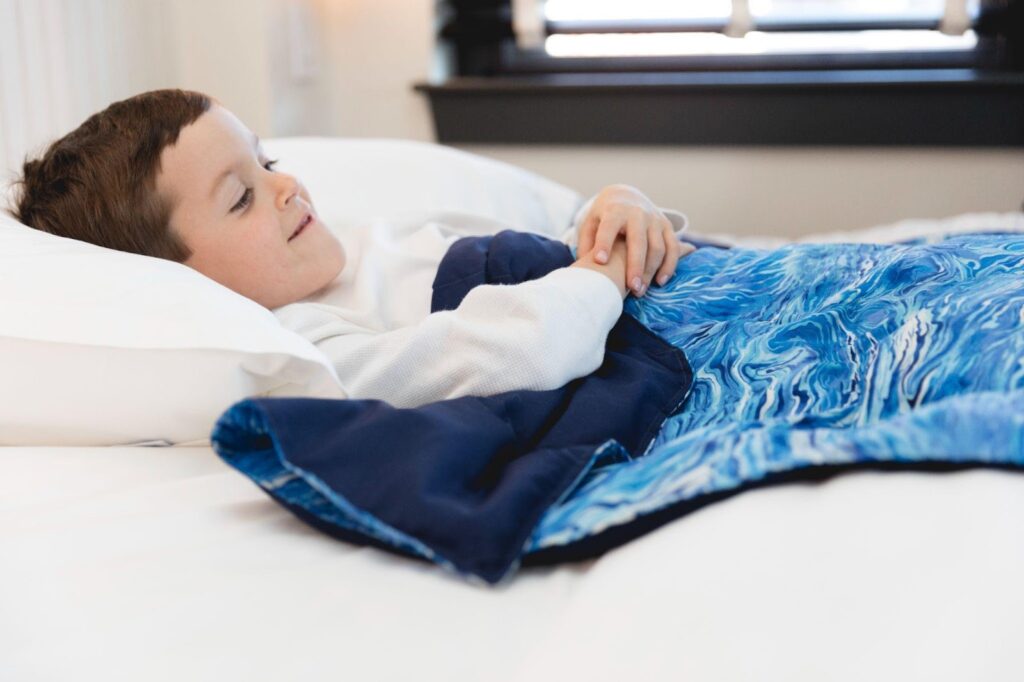
It is important to note that all occupational therapists are trained in sensory processing and many have extensive experience and deep understanding in this area. Whenever possible, seek guidance from an occupational therapist for individualized sensory recommendations.
Stay tuned for our next installment of Everyday Sensory Solutions by Sommerfly.
For more information about Sommerfly Products visit Therapro.com.
Guest Blogger: Kristi Langslet, OTR/L
Kristi Langslet, OTR/L is the proud owner of Sommerfly, a company dedicated to providing individuals of all ages with sensory needs unique product designs that are meticulously crafted in the USA for optimal quality and construction. Most importantly, Sommerfly’s passion is to serve those who use our products.


